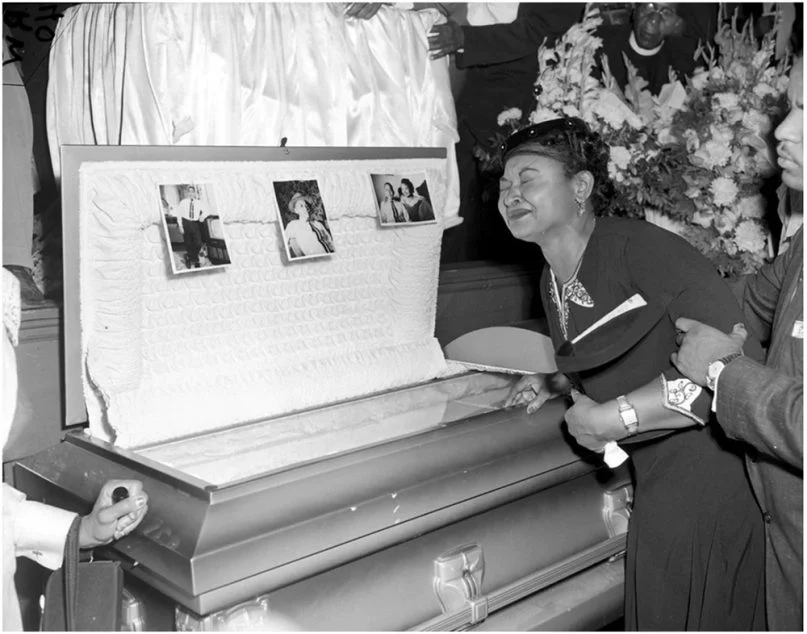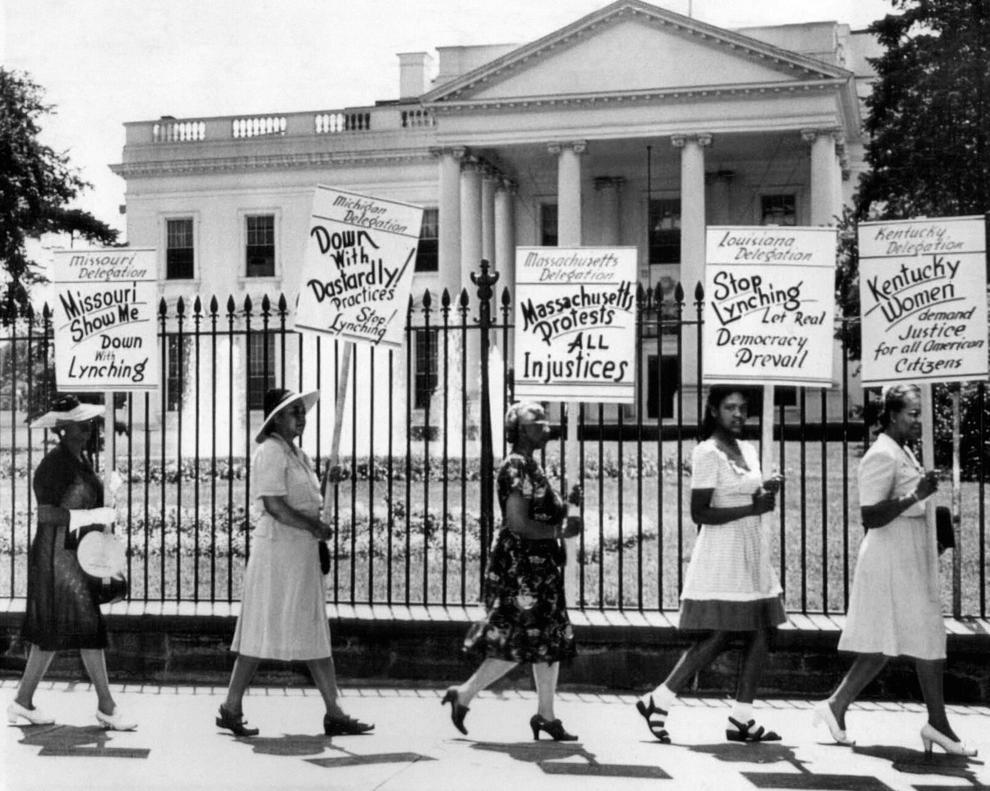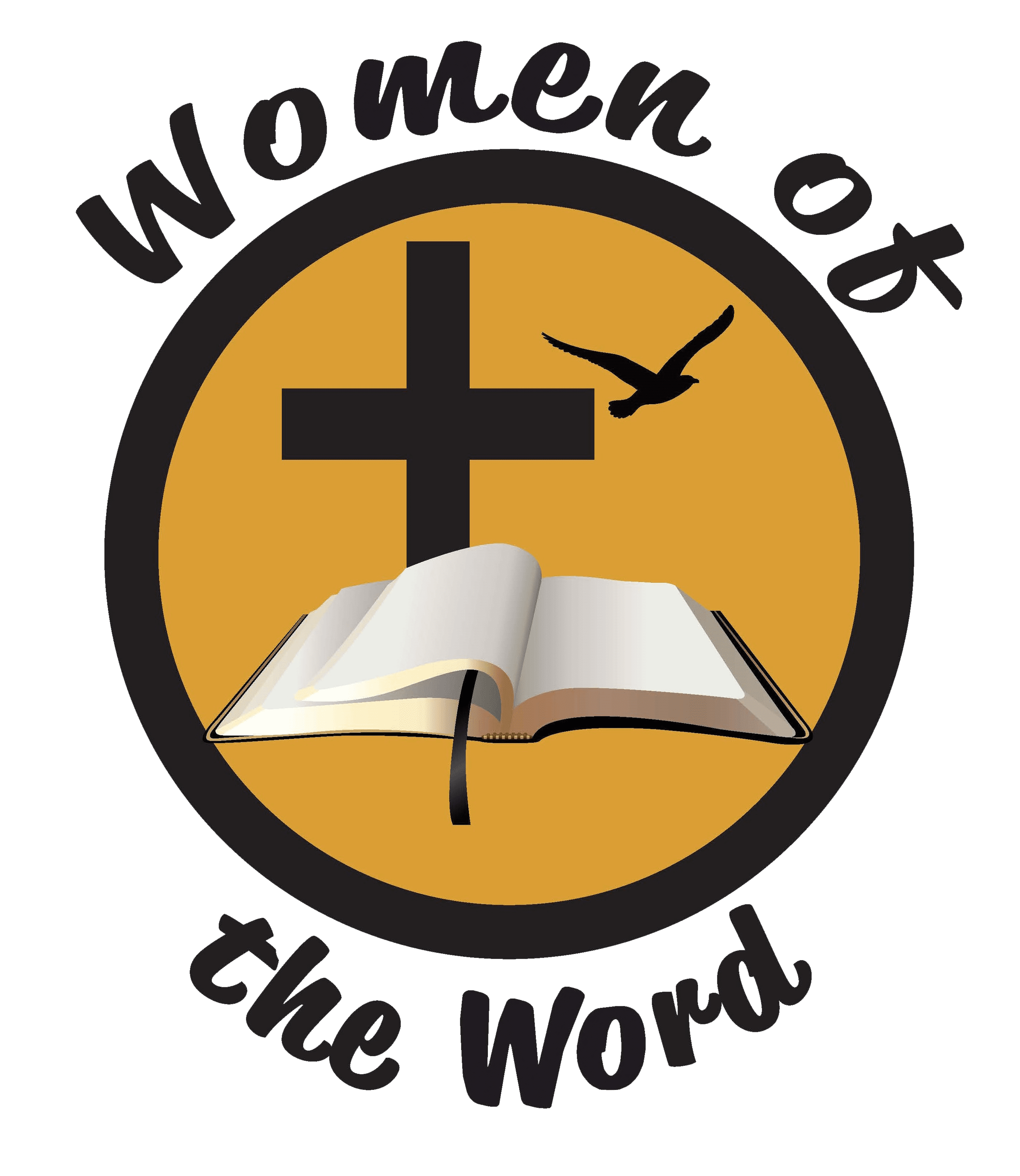‘At a time when there are those who seek to ban books, bury history, we’re making it clear — crystal, crystal clear,’ said President Joe Biden.
By Adelle M. Banks
(RNS) — For the Rev. Wheeler Parker Jr., it was the moment he had long awaited and once could not have envisioned.
The older cousin of Emmett Till, Parker is the sole remaining witness to the 1955 kidnapping of the Black teenager, who was dragged from his bed to face a lynching that galvanized the Civil Rights Movement. Now Parker has lived to see the designation of a church in Chicago and two other sites in Mississippi as the Emmett Till and Mamie Till-Mobley National Monument.

“I sat with my family on the night of terror, when Emmett Till, our beloved ‘Bobo,’ was taken from us, taken to be tortured, and brutally murdered,” Parker recalled as he introduced President Joe Biden at a ceremony Tuesday (July 25) at the Eisenhower Executive Office Building near the White House before the signing of the proclamation establishing the monument.
“Back then, in the darkness, I could never imagine a moment like this, standing in the light of wisdom, grace and deliverance.”
The new monument will honor Roberts Temple Church of God in Christ, in the Bronzeville neighborhood on Chicago’s South Side, where Till’s mother insisted on an open-casket funeral so attendees could see what had happened to her son. Photos of his mutilated body were published in Jet magazine and the Chicago Defender, two Black publications.
“At a time when there are those who seek to ban books, bury history, we’re making it clear — crystal, crystal clear,” said Biden, drawing applause at the ceremony that occurred on the 82nd anniversary of Till’s birth.
“While darkness and denialism can hide much, they erase nothing. You can hide, but they erase nothing. We can’t just choose to learn what we want to know. We have to learn what we should know. We should know about our country. We should know everything— the good, the bad, the truth of who we are as a nation,” the president said.

Vice President Kamala Harris voiced a similar sentiment when she opened the noontime ceremony by introducing Parker, who has called Till his best friend.
“Let us not be seduced into believing that somehow we will be better if we forget,” she said. “We will be better if we remember. We will be stronger if we remember because we all here know it is only by understanding and learning from our past that we can continue to work together to build a better future.”
Brent Leggs, executive director of the National Trust for Historic Preservation’s African American Cultural Heritage Action Fund, said he expects the church’s sanctuary will be restored to its 1955 condition and its basement will be modernized to offer tourists videos and other information about the history of the building that dates to 1922.
“Through our building investigation, we know that the church still retains exceptional architectural integrity and historic fabric,” Leggs, whose organization has been leading the preservation plans for the church site, told Religion News Service in an interview.
“And we have enough documentation to fully restore the exterior of the church back to its original appearance in 1955.”
“The forthcoming preservation will allow visitors to step back in time to learn about and relive those fateful days of the Civil Rights Movement,” they said. “It was in this edifice that Mrs. Till Mobley’s courage and strength was fostered for all to see.”

Bishop J. Drew Sheard, presiding bishop of the Church of God in Christ, a predominantly Black denomination, also welcomed the new designation.
“For today’s generation, the monument is a critical symbol of the tribulation endured by African Americans during the harrowing, culture shifting years of the Civil Rights era in America,” he said in a statement.

He added that with Till’s funeral having been held at a COGIC church, “the Church of God in Christ, Inc. is incredibly humbled to have been a haven for Mrs. Mamie Till-Mobley and her family, as they courageously displayed the injustice inflicted upon the young Emmett Till.”
The African American Cultural Heritage Action Fund has provided $750,000 in grants for the three sites, including $150,000 for the church. The Action Fund, along with partners including the Andrew W. Mellon Foundation and the Emmett Till and Mamie Till-Mobley Institute, has committed an additional $5 million for preservation of the church. Leggs estimated a total of more than $20 million will be needed to complete the church project.
He pointed to the Sixteenth Street Baptist Church in Birmingham, Alabama — the site where four girls were killed in a bombing 60 years ago — as a model for the Chicago church. The Birmingham church continues to hold Sunday services even as it hosts tourists throughout the week to educate them about the Civil Rights history of the church and its community.
“They have found the balance,” said Leggs, who expressed hopes that preservation of the newly designated sites will provide healing opportunities.

“By designating the church, courthouse and river site, our nation can reckon with our past and the injustices still present in American history,” he said. “Historic preservation is a tool and pathway to ensure that our nation never forgets Emmett Till’s life once lived, his mother Mamie Till Mobley’s movement for justice, and Rev. Wheeler Parker’s dogged pursuit for truth and memorialization.”
First published July 25,2023


